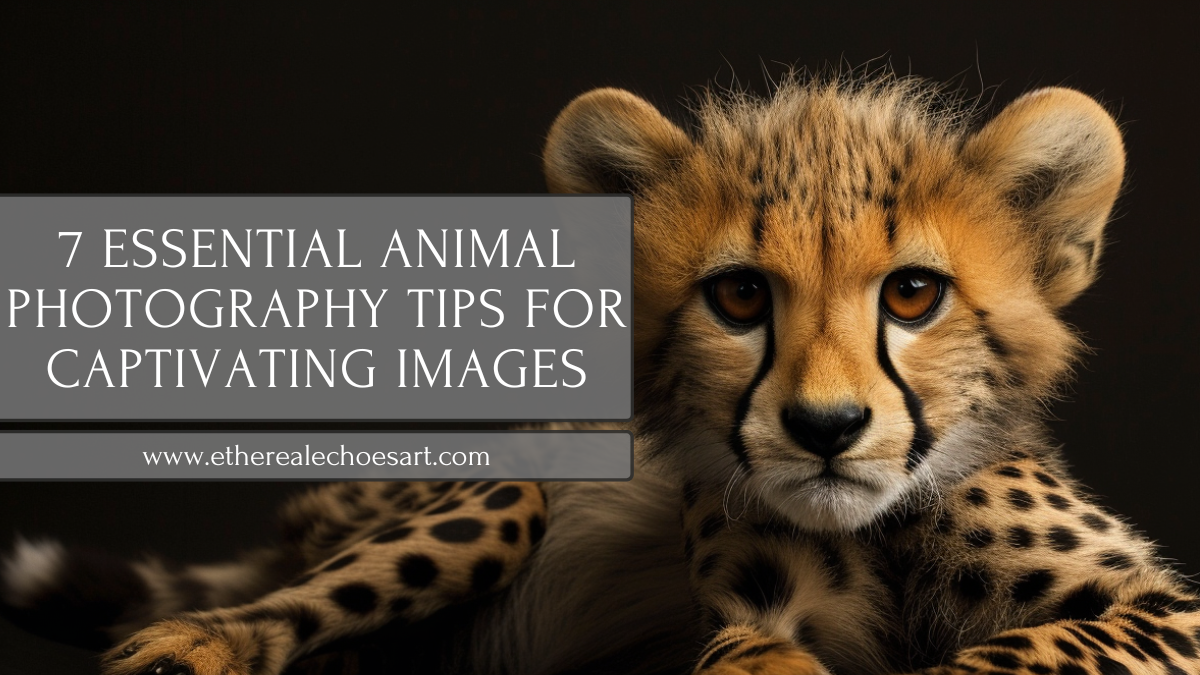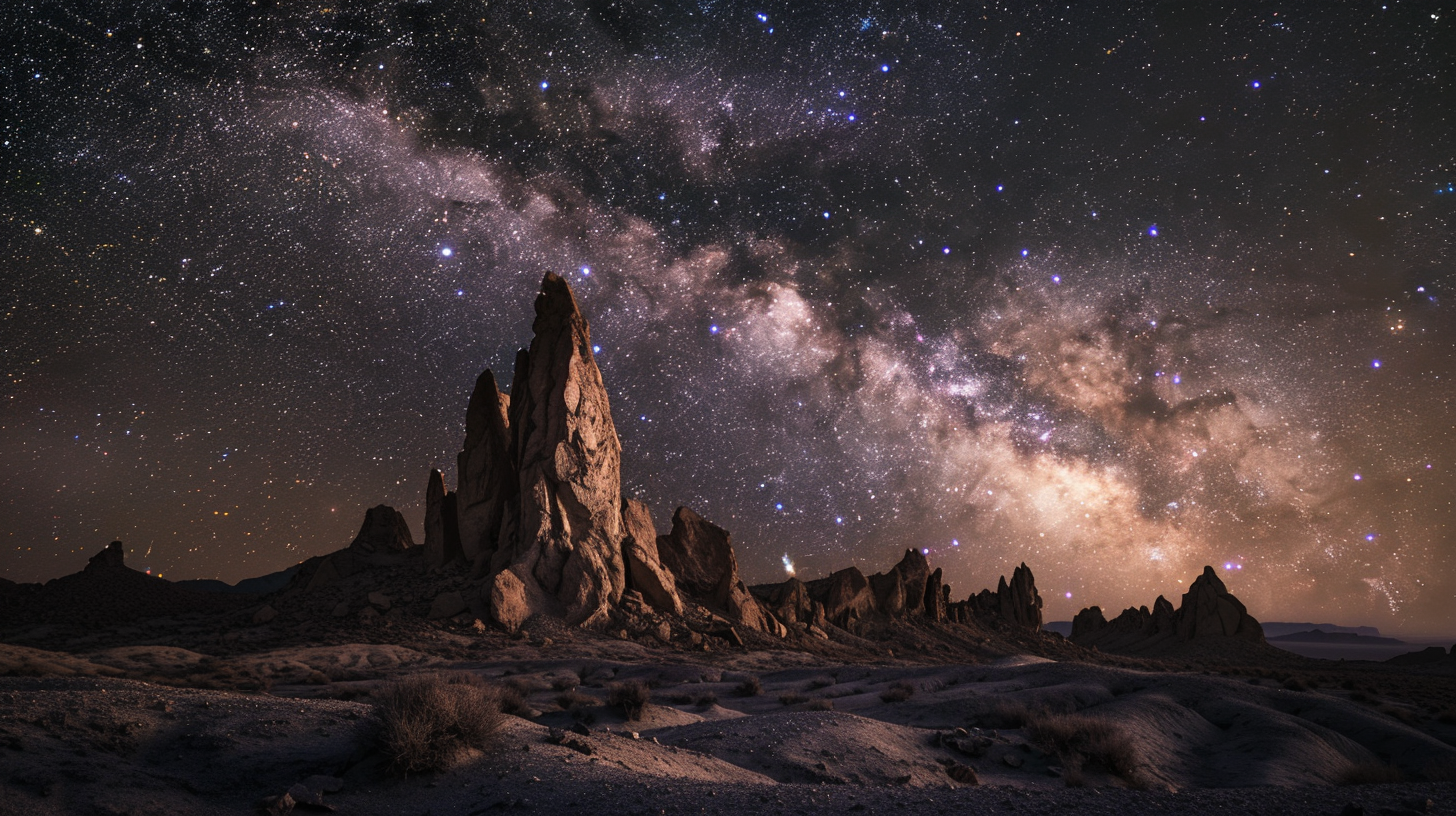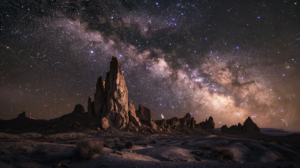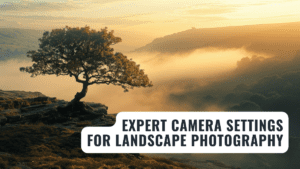Are you passionate about capturing the beauty of animals through your lens? Whether you’re aiming to photograph wildlife in its natural habitat or your beloved pets at home, mastering animal photography can be challenging yet rewarding. With our carefully curated list of 7 essential animal photography tips, you’re on your way to taking captivating images that tell a story and evoke emotion. Ready to dive in? Let’s explore these game-changing tips to elevate your animal photography skills!
1. Understand Your Subject
- Research and Patience: Spend time learning about the animal you plan to photograph. Understanding its behavior, habits, and typical activities can help you anticipate its next move and capture more natural, dynamic shots. Patience is key in animal photography, as you often need to wait for the perfect moment when the animal is most expressive.
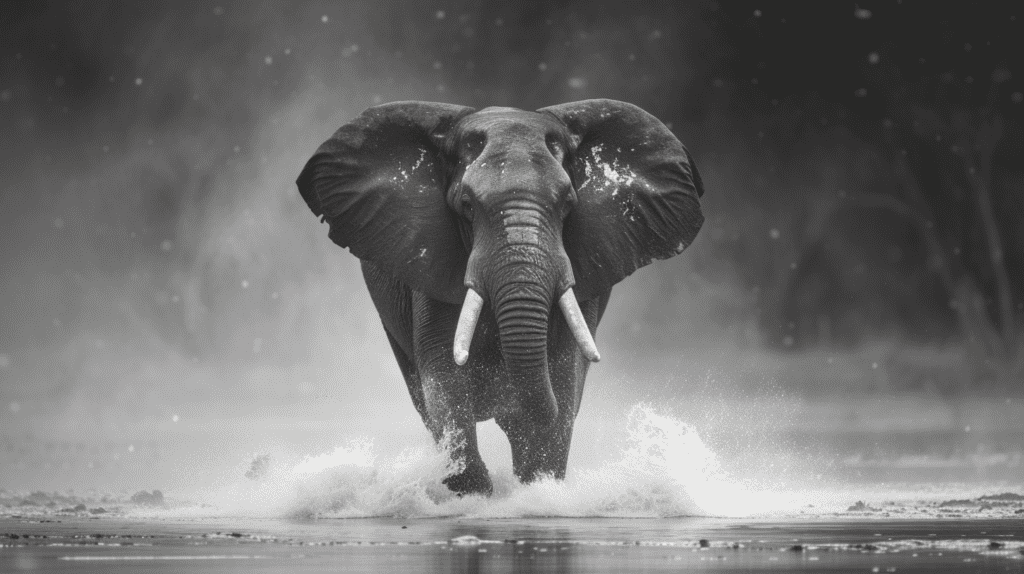
always have a special dimension.
2. Focus on the Eyes
- Sharp and Expressive: A critical animal photography tip is to focus on the animal’s eyes. Eyes are the window to the soul and can convey emotion and personality in your photos. Ensure the eyes are sharp and well-lit to create a connection between the subject and the viewer.

3. Use Natural Light Whenever Possible
- Soft and Natural: Good lighting is essential for capturing the beauty and detail of animals. Whenever possible, use natural light to avoid the harshness and unnatural colors that can come from artificial lighting. Early morning or late afternoon, known as the golden hours, provides soft, warm light that can enhance the textures and colors of your animal subjects.
4. Be Mindful of the Background
- Simplicity and Composition: A cluttered or distracting background can take away from your subject. Use a shallow depth of field to blur the background or position yourself so that the background is as unobtrusive and complementary to the subject as possible. This animal photography tip emphasizes the importance of composition in creating a striking image.
5. Capture Action and Emotion
- Dynamic and Engaging: Animals are often most captivating when in motion or displaying emotion. Try to capture them during play, in interaction with other animals, or expressing curiosity. High shutter speeds are crucial for freezing action without blur, allowing you to capture every detail of movement.
6. Practice Ethical Photography
- Respect and Distance: Always prioritize the welfare of the animal over getting a perfect shot. Use a zoom lens to maintain a safe distance, and avoid using flash, which can startle or distress animals. This animal photography tip not only ensures the safety and comfort of your subjects but also promotes respect for wildlife.
7. Experiment with Perspectives
- Unique and Creative: Don’t be afraid to experiment with different angles and perspectives. Getting down to the animal’s level can yield more intimate and engaging photos, while shooting from below can give your subject a majestic, powerful appearance. Each perspective tells a different story, adding depth to your animal photography portfolio.
Expanding Your Skills
Beyond these foundational tips, continuously improving your technical skills is crucial. Familiarize yourself with your camera’s settings to make quick adjustments in the field. Understanding exposure, ISO, and aperture can dramatically improve your ability to capture animals in various lighting conditions and settings.
Engage with a Community
Joining photography forums or local clubs can provide valuable feedback on your work and offer new ideas and inspiration. Engaging with other photographers allows you to share experiences and learn from others who have mastered the craft of animal photography.
Conclusion
Mastering animal photography requires a combination of technical skills, creativity, and a deep respect for the natural world. By incorporating these essential tips into your practice, you can capture stunning, meaningful images that reflect the beauty and essence of your animal subjects. Remember, the most important animal photography tip is to enjoy the process and learn from each experience, allowing your passion for nature and photography to guide your journey.

